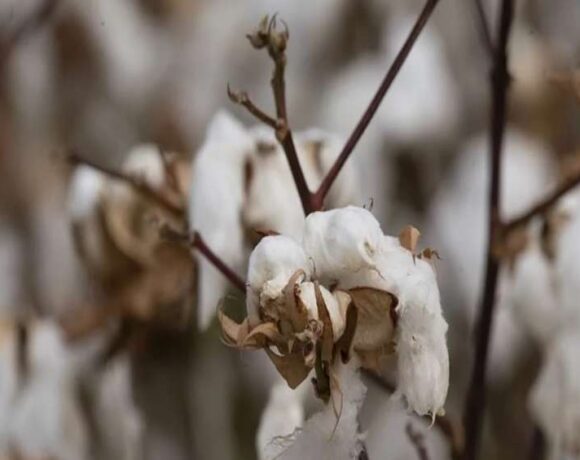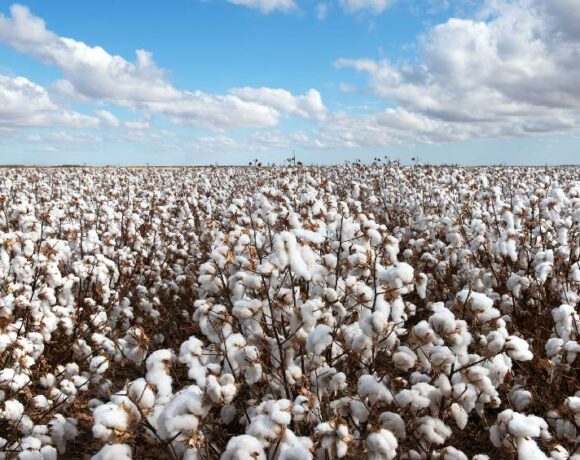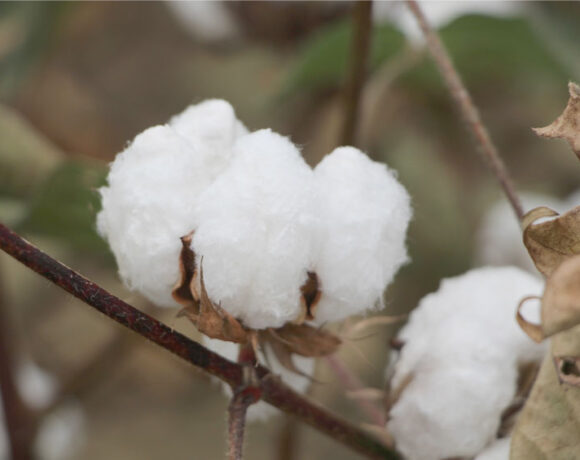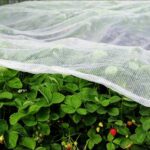Uzbekistan Introduces Reforms To Revamp Cotton Cluster System

In a bid to address challenges within its cotton cluster system, Uzbekistan’s President issued directives in November 2023 aimed at revamping the organization of cotton clusters. Reports had highlighted issues such as non-compliance with local payment regulations by twenty clusters and financial struggles faced by 122 clusters in servicing debts. The pandemic-induced surge in cotton prices led many clusters to take subsidized loans, which became burdensome as global market prices corrected.
Under the presidential decree, the cluster system has been liberalized, allowing cotton farmers the flexibility to market their produce through any cluster nationwide, rather than being restricted to their historical affiliations.
Forecasts indicate a rise in cotton consumption to 725,000 MT of lint cotton in the 2024/25 marketing year, with domestic consumption reaching 625,000 MT in 2023/24. Uzbekistan’s cotton clusters are witnessing investments and expansions in textile manufacturing, including yarn and garment production. Despite global market adjustments post-pandemic, Uzbekistan’s strong vertical integration and government support have contributed to its industry’s resilience and recovery.
The Uzbek Association of Cotton-Textile Clusters (UACC) reported a slight increase in cluster numbers, with significant membership and processing capacity. While only a fraction of clusters possess capabilities for all five stages of cotton processing, the majority focus on yarn spinning. Despite a slight dip in yarn production in 2023, the industry has shown recovery with increased production in early 2024.
A growing deficit between cotton production and consumption is anticipated, leading to increased imports to meet demand. Imports of cotton lint are forecasted to nearly double, with plans to source from neighbouring markets and expand imports of various cotton varietals from global origins.
While cotton lint exports are expected to remain subdued due to government encouragement for domestic processing, yarn and fabric exports are growing. Efforts to diversify export destinations away from heavy reliance on Russia are underway, given geopolitical risks associated with exports to certain regions.
Several policy reforms have been enacted to address various challenges in the cotton sector, including the reorganization of regulatory bodies, reforms in seed laws, subsidies to improve soil fertility and lifting ban on vegetable oil exports. Additionally, technological innovations such as the Agroko’Makchi app aim to empower farmers with relevant information and tools for pest management and agricultural tasks.
To enhance market efficiency, Uzbekistan has introduced cotton futures contracts to facilitate better price discovery and risk management for farmers. Efforts to lower input costs, such as subsidies and the development of low-cost inputs, are underway to improve profitability for cotton farmers.














